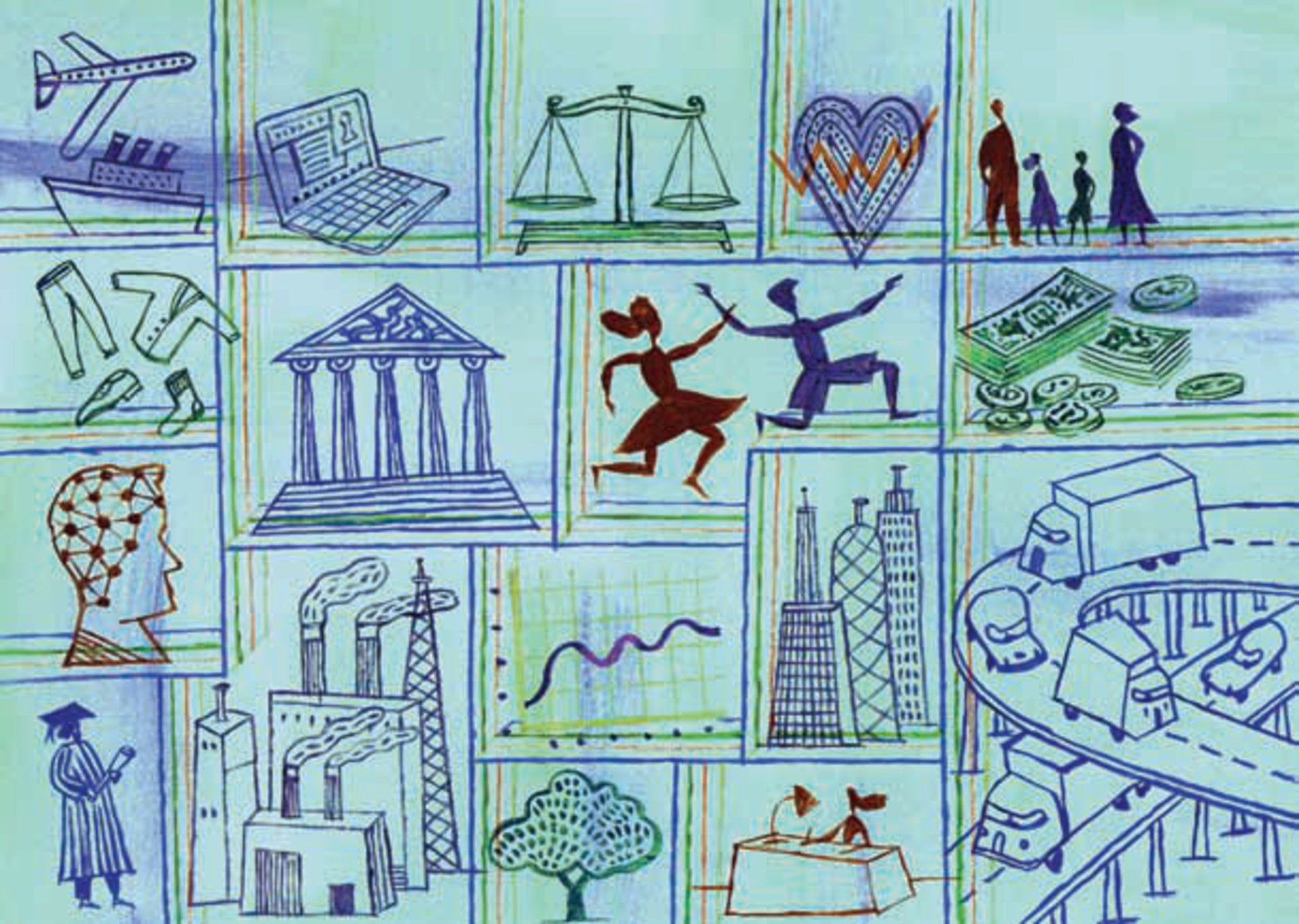The COVID-19 pandemic has led governments to take unprecedented fiscal policy action as an immediate emergency response to support public services, households and businesses. Existing challenges from climate change and environmental degradation have mobilised governments to address national and international green objectives in the recovery period. These recovery packages can help increase resilience to future shocks and reduce risks, including those related to climate change, while also helping to finance the extraordinary expenditure associated with recovery from the pandemic through cost-effective approaches and investments.
Green budgeting can help facilitating the design and implementation of green recovery packages. A recent joint OECD-EC survey found 21 out of 34 OECD countries (62%) had taken actions to integrate green perspectives into recent COVID-19 rescue measures (Figure 5.4). The most commonly adopted measures are environmental impact assessment of budget measures (8 out of 21, 38%), green budget tagging (6 out of 21, 29%), attaching green conditionality to the use of recovery funds (5 out of 21, 24%), and publishing a green budget statement to show how the recovery package supports national green objectives (1 out of 21, 5%) (Table 5.5). Looking ahead, by June 2020 a majority of the OECD countries responding (24 out of 35, 69%) were planning actions to integrate green perspectives into their forthcoming recovery packages, ranging from plans to use environmental impact assessments to attaching green conditionality to support measures and providing support for sub-national governments to practise green budgeting.
Green public spending can support the recovery, but there may be trade-offs between environmental, economic and social goals. Even recovery packages with a large green component commonly also include a substantial share of traditional spending to address other social and economic priorities. Carbon pricing and related tax policy tools can ensure that stimulus policies that are not explicitly green are nevertheless aligned with green objectives. By increasing the cost of carbon-intensive assets, carbon pricing will steer investment and consumption towards low-carbon alternatives while still serving as a tool to restore public finances and augment tax revenues (OECD, 2020).
As countries look to a green recovery, well-communicated spending and tax policy choices that look at the long-run benefits for wellbeing, environmental protection and resilience to climate and future shocks can serve to raise greater public awareness and support for a green transition (OECD, 2020).

